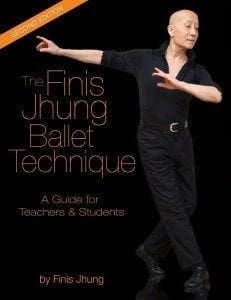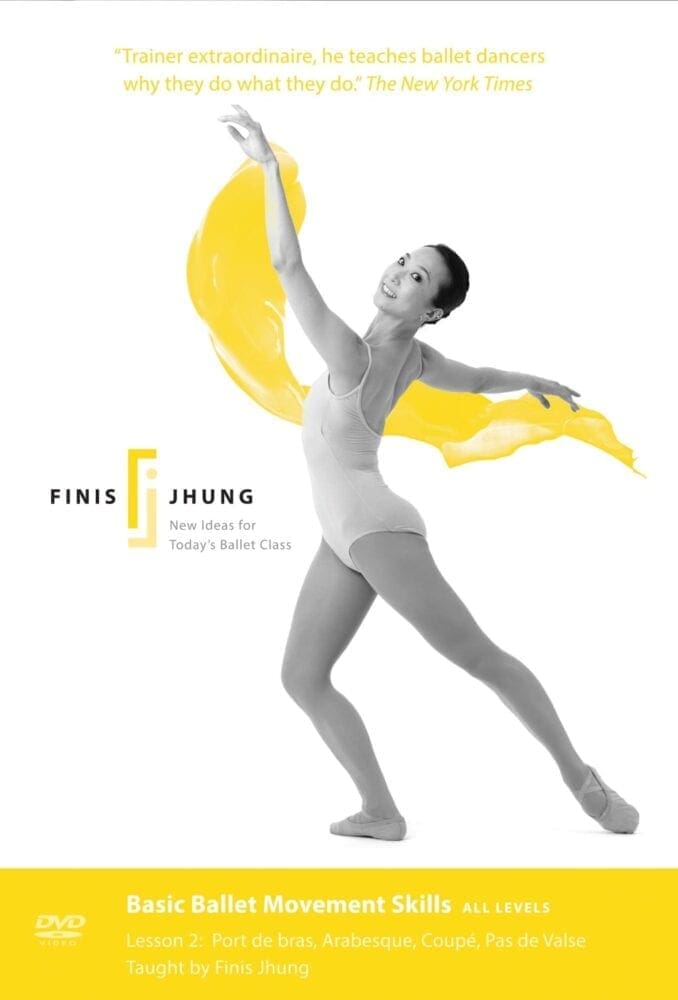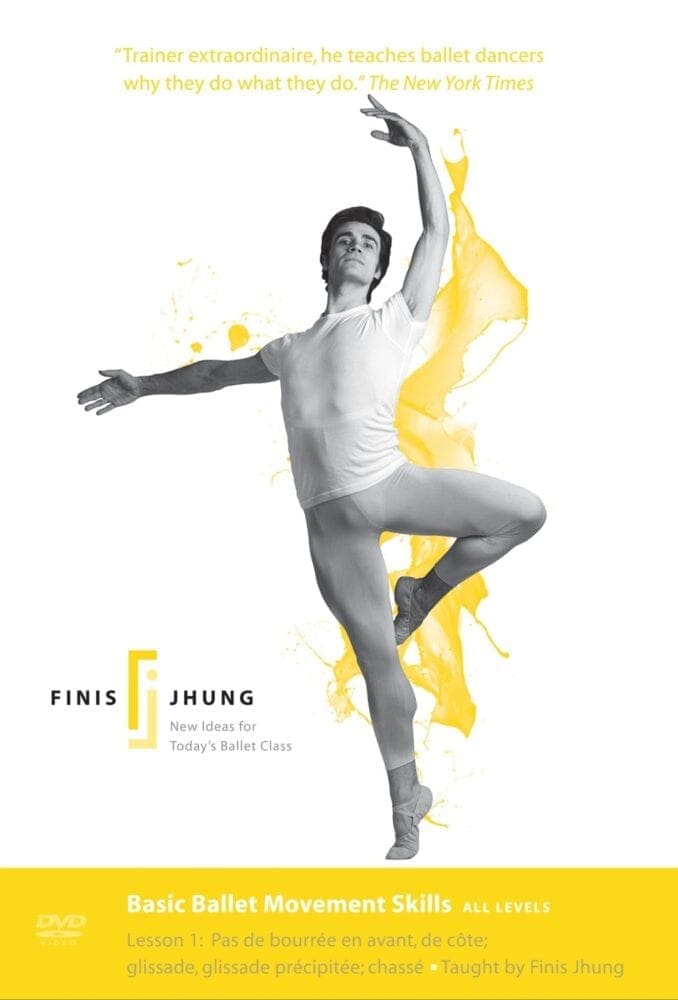DEMI-PLIÉ WITH STRENGTH & CONTROL
The demi-plié is the preparation for, and the end of, almost every movement we make in ballet dancing. Therefore, it must be done with strength and control. This is the first and most important lesson I teach all students.
Get in front of the mirror and stand in a wide second position (at least two foot-lengths apart). Your body should resemble a triangle. You are going to stretch up through your head with energy that equals what you put into your feet and legs.
I don’t want you to relax into a picture position. Your knees will bend into the plié position because your feet are going to grip the floor and pull your legs.
To get the feeling of this, curl your fingers over each other. Now grip and pull as hard as you can without letting go. Can you feel the muscles in your fingers, hands, arms and shoulders?
Now do this with your feet to make your plié.
Your toes claw and your feet grip the floor, and slowly pulling your legs into the plié. Reach for the ceiling with your head. You should not see an abrupt drop in height or any jerky movements. Your knees are moving outward, but you barely see a downward movement. That’s because the energy you are using to stretch up is equal to the energy you are putting into your feet and legs.
You are stretching up the back of your neck and trying not to bend your knees. You feel a stretch in your hips as your legs move away from each other. You are pulling in your stomach muscles tightly. You are trying to keep your pelvis up.
The almost-isometric plié is hard work! You can feel that all of your muscles are engaged—from your toes through the foot to your ankles, the outside of your lower legs, your knees, your thighs, your hips, up the front of your body and the back of your neck.
It’s not how low you go; it’s HOW you go. What is important is that the plié begins and ends with your toes.
Now change your thoughts. You relax your feet and spread your toes. You are pressing down on the floor with your feet. Slowly, imperceptibly, your legs are in motion, and you realize you are standing as you began, in the triangle position.
The almost-isometric plié is an “invisible” movement. On count 1, you are standing with straight legs, and on count 8, you are in plié, but you never saw the downward movement. The ascending movement is also “invisible.” You are in plié, and eight counts later, you are standing in the triangle, but when did it happen?
Especially at the barre, try to make all of your pliés—large and small, two feet or one foot, slow or fast—almost isometric. Try to do this in center floor as well, tempo permitting. Then you will always have a plié which will enable you to move with strength and control.
(Excerpted and REVISED from my book The Finis Jhung Ballet Technique: A Guide for Teachers & Students
To learn more about this idea, check out my newest barre videos – https://finisjhung.com/shop/ballet-barre-for-the-adult-absolute-beginner-2/ and https://finisjhung.com/shop/beginner-ballet-barre-2/




